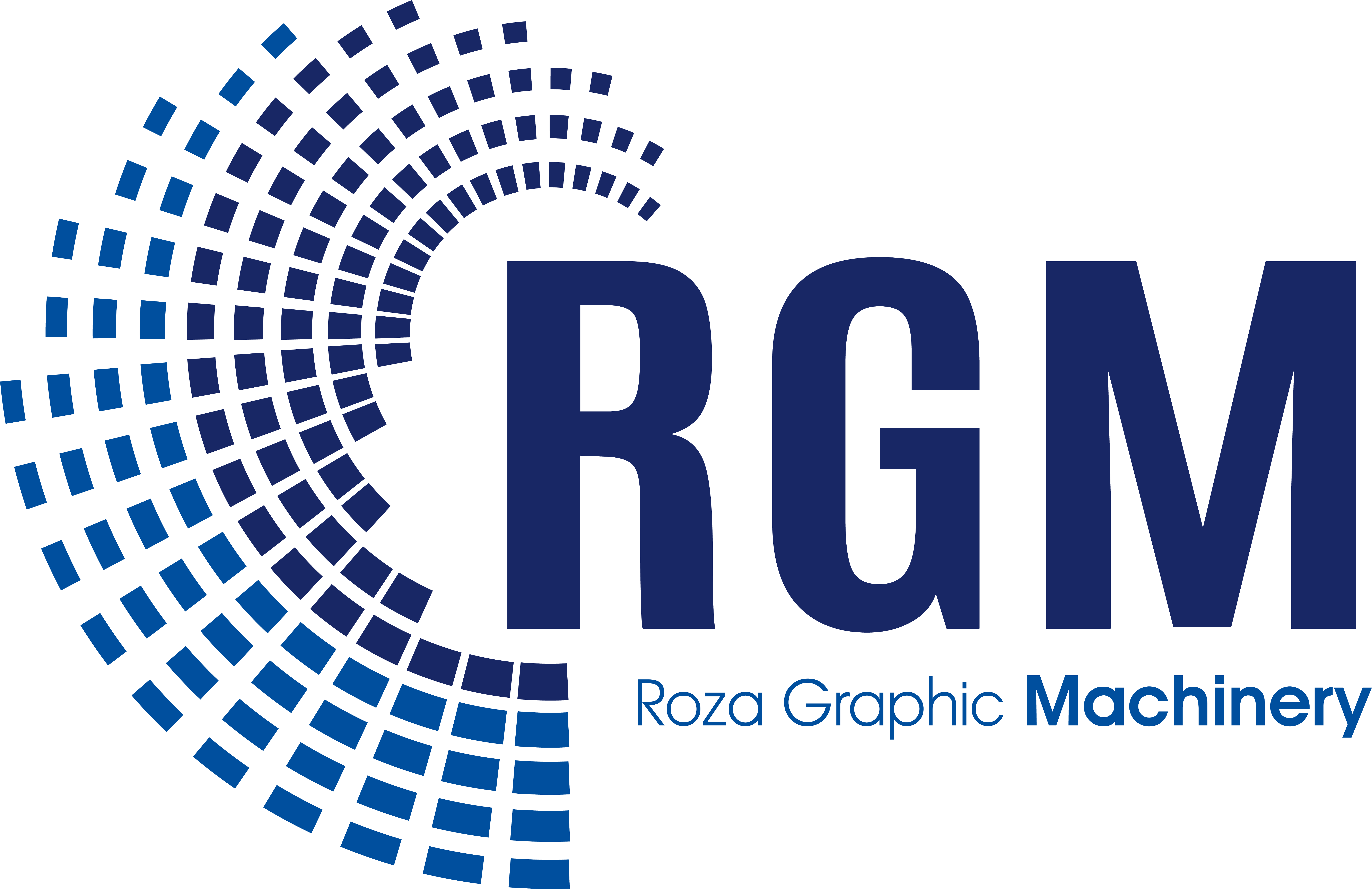Types of Offset Printing
Offset printing is a printing process that involves transferring ink from a metal plate to a rubber blanket, then to the printing surface.
The German printer Albert C. Wagner invented offset lithography in the 1880s.
Offset lithography uses simple mechanical parts and does not require any electricity when used with the traditional method of transferring from stone to paper.
This makes it an attractive option for those in remote areas or developing countries who still want to produce books, newspapers, magazines and other items with a low-tech approach.
We can typically use offset printing in high volume production runs and can be more economical than other options such as digital printing where there are high setup costs.

Who Uses Offset Printing?
Offset printing is a common form of printing that involves transferring ink from one surface to another, usually paper.
Also it’s the most common form of commercial printing and by many organizations use it such as magazines, newspapers, and books.
Offset printers are also we can use it in digital production.
Why is Offset Printing Better Than Digital?
Offset printing is the process of transferring ink from a plate onto paper. It is one of the oldest and most common types of printing. The technique can be used on any kind of paper, but is best for large print runs and posters.
Offset printing has many benefits over digital printing, such as:
– Can produce high quality prints
– Has better color control
– Is more cost effective
– We can do it on any type of paper

Offset Printing Machine With or Without Plate
Offset printing is a method of printing from a plate with all its types
We use it most commonly in a printing process for commercial printing and large-volume as book production.
Offset lithography became commercially viable in the late nineteenth century with the introduction of rotary presses, which could print on both sides of a sheet at once.
